How to Get Started in Change Management (Part 2)
7/21/2022
Last month on the Change Course podcast I created a 4 part series on getting started in Change Management based on a question I received from a colleague interested in getting into the field. In the previous post, I talked about the basics, the theories, the must have change guides and the fundamentals that you need to get started.
Next I break down the four key things you need to do to be a successful change manager in your new role:
1) Understanding who is leading and who is following:
In organizational change, there are two main groups we need to be thinking about. The Leaders in change, and those who are experiencing or receiving the change. Change leaders tend to be the decision-makers, who want the change to happen. They have to work with their colleagues and team members who are going to be experiencing and doing the change in their everyday lives. The difference is that the leaders tend to have a sense of control over the change, while those they are leading do not. If change is happening to you, it can be a difficult experience. Understanding who these groups are and how to work with both perspectives is going to be part of your success. Leaders often thing that their people will understand the change and its benefits immediately. This is often not the case, and your role as a change manager is to help leaders understand how to connect with their teams around the change.
2) The Change Management Plan
The change management plan is a tool that is used in the planning stages of change to set the tone and communicate all of the essential information about the change. This plan can start to look a lot like a project management plan and may have components of that as you start to look at implementation, but at the same time, there is so much more to a change management plan. The key things to break down in the plan are:
Activities – this will look a lot like a project management plan, but essentially this is a communication tool that will aid you in explaining and documenting all of the activities that you’re planning to do as part of the change.
Stakeholders – who is changing, who is not, and what do you need to know about the various groups of stakeholders you need to work with. You’ll want to understand the benefits of change for each group, and the key messages for each group that will break down what needs to change and why. You’ll also want to provide detail to your sponsors, champions and stakeholders on their roles in change and what is expected of them.
Change Definition – in as much detail as possible, define the change that is going to take place. Ensure that the change vision is clear and compelling, that the why of the change is understandable, and that the specifics of the change are noted. I outlined a framework that I use in part 1 of this series that is a helpful way to break down the definition of change you’ll need to be successful.
Implementation Plans – Go lives, change cutovers and all of the exciting detail that gets you ready for and takes you through the implementation and adoption of change. This will include the training and communications plans that you’ll need to ensure that people are aware of the change in various phases, and ready to implement when the time comes.
Measurement – How do you know if the change has been successful? This is where measurement comes in. You’ll need to ensure that you have a way to measure progress against the vision and can communicate if the change is successful or not.
3) Change leadership – leading by example:
An essential role of the change manager is helping sponsors and leaders understand their important role in leading by example. So much of leadership relies on strong communication. But the most important thing in change is being able to demonstrate the change and be a visible adopter of the change for the people you’re leading. Sometimes leaders need help to understand how important leading by example is. If they are seen doing the change, their people are more likely to adopt and help make the change successful.
4) Taking care of yourself as a change manager:
The work of change can be incredibly difficult and emotionally exhausting. Change is hard for the people that are experiencing it, and it can lead to the expression of many negative emotions. Some of the best projects I worked on still had challenges in this area. Without good stress management and self-care practices, change managers can easily burn out. I find that this happens in the “messy middle” of change projects when the goals and vision is clear, but the progress is still slow and hard. It is important for you, as the change manager to make sure that you’re acting as a leader and focusing on the end goals. At the same time, make sure that you’ve got a good understanding of what you need to do to keep a strong emotional state for yourself, and make sure you’re doing it!
For more on this exciting topic, listen to the “For the Newbies” Series on the Change Course Podcast here: https://anchor.fm/change-course

